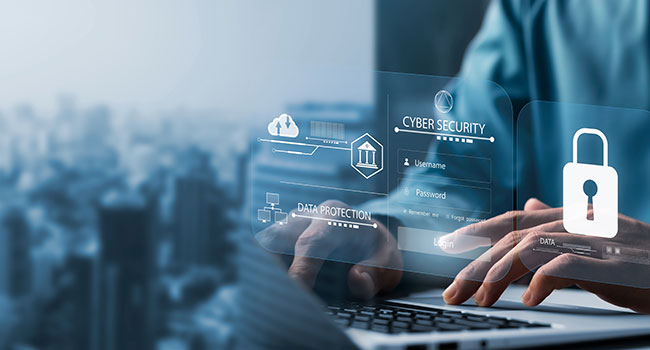
Predicting the Cybersecurity Future
- By Ralph C. Jensen
- Dec 02, 2022
Wouldn’t it be nice to have a crystal ball to understand exactly what we can expect in 2023 from the Cybersecurity world? There have been numerous data breaches, and some that have fallen victim to cyber intrusion are Uber (I just booked Uber for 15 rides in late November), Cisco, Twilio and Rockstar Games.
There are many complex issues with cybersecurity. It is not easy, so I dialed up Venkat Thriuvengadam, the founder and CEO of DuploCloud to get a sneak peek for what to expect in the new year concerning cloud, and developments and trends.
Let’s take a look:
Citizen development will continue to rise. Due to remote work and digital transformation. By empowering citizen developers to create apps that automate workflows and remove many of the daily frustrations employees’ experience, companies are increasing their efficiency.
Low code/no code solutions will continue to thrive. The Bureau of Labor Statistics indicates that by 2026, the shortage of engineers in the United States will exceed 1.2M. In addition, only 39.6% of candidates for DevOps job openings fully meet employers’ requirements. Due to this and other factors such as high learning curves, low code/no code solutions have been widely adopted to speed up the application development process and keep up with company needs.
Infrastructure-as-code will be replaced by low code/no code technology. Infrastructure-as-code (IaC) led to a shift in the way software engineers and Ops think about the provisioning and maintenance of infrastructure. While IaC has gained wider adoption among DevOps teams, the complexities of data center configuration and management continue to create problems. IaC is rapidly becoming a last-decade technique and new emerging technologies such as low code/no code can better solve and streamline many of the issues IaC presents.
Increased cloud migration. As more businesses embrace migrating all of their data to the cloud and adopting digital transformation, they will continue to be looking for ways to streamline their processes, alleviate infrastructure complexities, avoid information leakage, and reduce costs. In 2023, companies will ramp up migration of custom applications to the cloud, including work streams, enlist various technical processes and embrace no code/low code as their method of choice.
Compliance in the cloud. As startups and small- to medium-sized businesses continue to be cautious about maintaining proper payment card industry (PCI) data security standard (DSS) protocols for their cloud applications, there has been a lot of concern about cloud compliance overall. Developing cloud PCI compliance protocols can be costly, labor-intensive, and prone to human error. In 2023, we will see a shift as more companies gain trust in developing PCI-DSS-compliant applications through embracing technologies such as IaC.
About the Author
Ralph C. Jensen is the Publisher/Editor in chief of Security Today magazine.